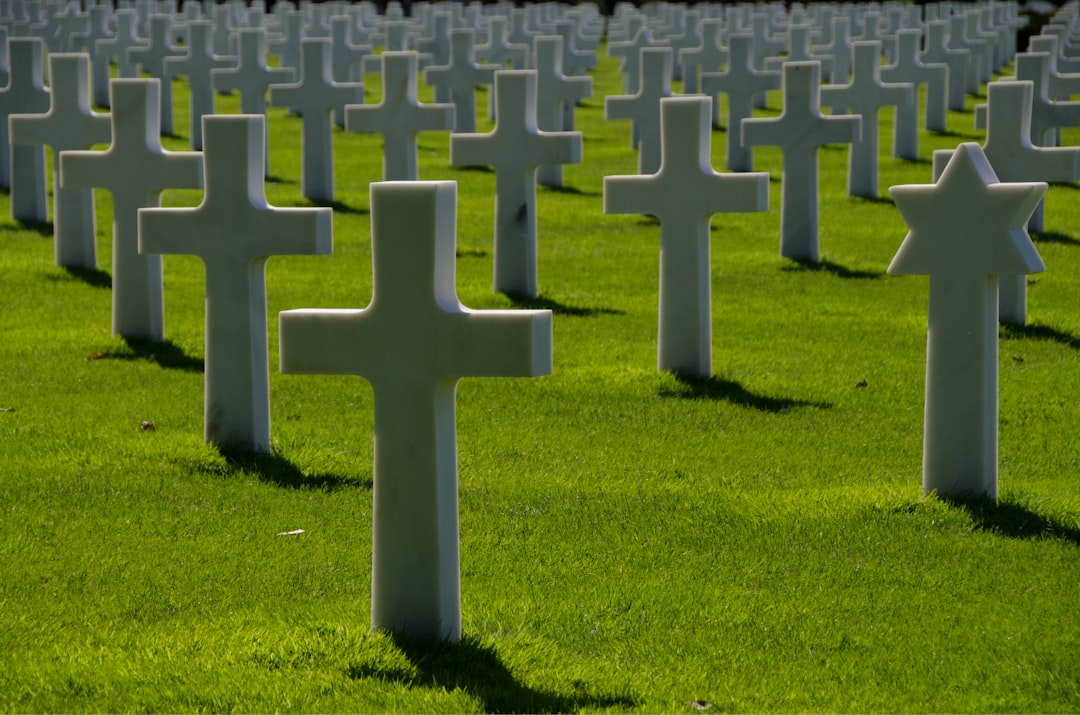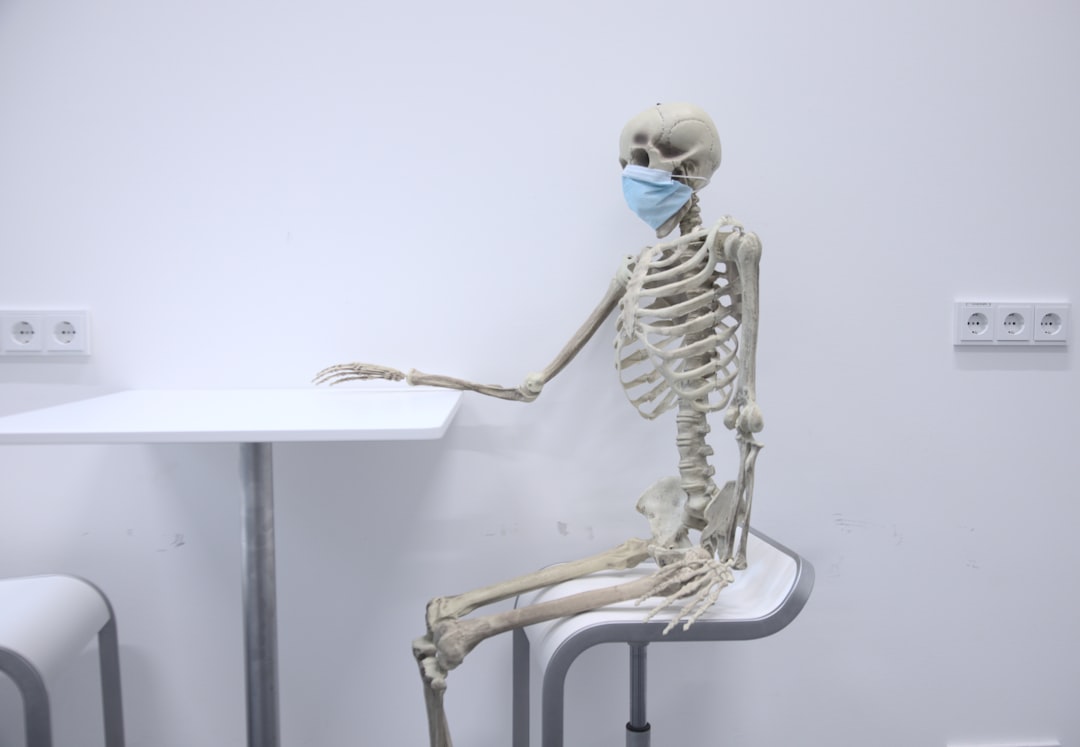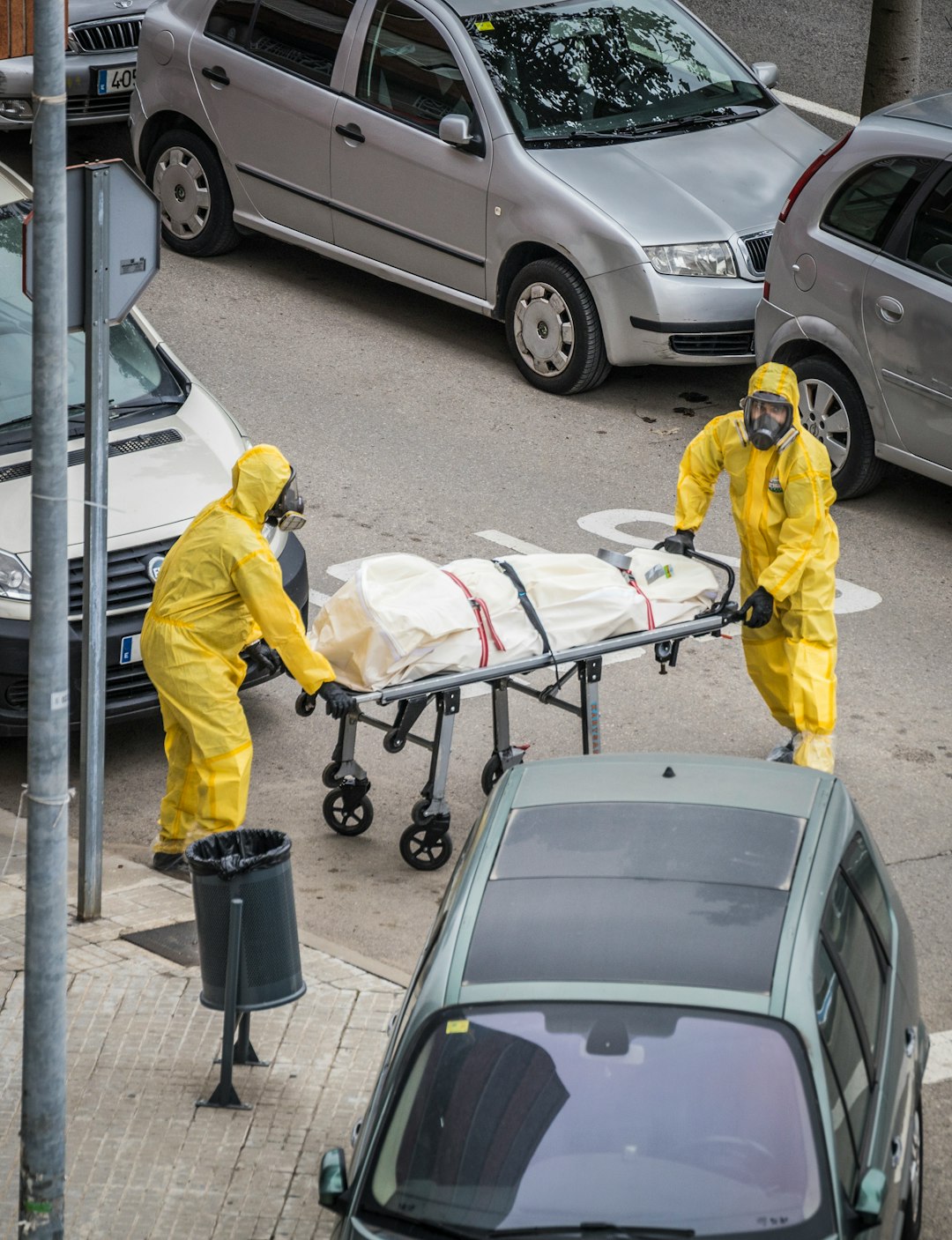

Premises liability is a critical concept in personal injury law that holds property owners and occupiers responsible for injuries that occur on their premises. This legal principle is rooted in the idea that property owners have a duty to ensure their premises are reasonably safe for visitors. Understanding the legal definition and key elements of premises liability is essential for both property owners and those who might suffer injuries while on someone else's property.
The legal definition of premises liability refers to the responsibility imposed on landowners or those in possession of real property (such as lessees) to maintain their properties in a condition that does not pose an unreasonable risk of harm to others. Premises liability cases typically arise when someone is injured due to hazardous conditions on the property, such as wet floors, uneven sidewalks, poorly lit stairways, or other unsafe situations.
Several key elements must be established to prove a premises liability claim successfully. First and foremost is the issue of duty of care. The plaintiff must demonstrate that the defendant owed them a duty of care. Generally, this duty varies depending on the visitor's status: invitees (those invited onto the property for business purposes), licensees (social guests), and trespassers (those entering without permission). Typically, property owners owe the highest duty of care to invitees, a moderate level to licensees, and limited duties to trespassers.
Next, there must be evidence of breach of duty. The plaintiff needs to show that the property owner failed to meet their duty by acting negligently-that is, by not addressing known hazards or failing to inspect and remedy potential dangers within a reasonable timeframe.
Another crucial element is causation. The plaintiff must establish a direct link between the breach of duty and their injury. This means proving that the unsafe condition was indeed what caused their harm. For instance, if someone slips on an unmarked wet floor in a grocery store and breaks their arm, they need to show that it was specifically this hazard-unaddressed by store management-that led directly to their injury.
Lastly, actual damages must be proven. The injured party needs tangible proof of harm resulting from the incident-this could include medical bills, lost wages due to inability to work, pain and suffering, or other quantifiable losses.
In summary, premises liability revolves around ensuring safety standards are maintained by those who own or control properties. Its foundational principles require demonstrating duty of care owed by property owners or occupiers towards different types of visitors; proving negligence through breach of this duty; establishing causation linking negligence directly with injury; and substantiating actual damages incurred from such incidents. By understanding these components clearly-both plaintiffs seeking justice for injuries suffered due negligence on part others' properties-and defendants aiming uphold reasonable safety measures can navigate complexities surrounding premise liability effectively within legal framework designed protect public welfare at large.
Premises liability is a crucial concept in tort law that holds property owners and occupiers responsible for certain injuries suffered by individuals on their premises. The duty of care owed by the property owner or occupier varies depending on the status of the visitor. Understanding these classifications-invitees, licensees, and trespassers-is essential for comprehending how liability is determined.
Invitees are individuals who enter a property for a purpose related to the owner's business or an activity that benefits both parties. This category includes customers in a store, clients visiting an office, or patrons at a restaurant. Property owners owe invitees the highest duty of care. They must ensure the premises are reasonably safe and must take proactive steps to identify and rectify hazards. For example, if there is a spill on a supermarket floor, employees should promptly clean it up to prevent customers from slipping.
Licensees, on the other hand, are visitors who enter the property with permission but not for commercial purposes or benefit to the owner. Social guests fall into this category; they are welcome but their presence does not directly contribute to any business enterprise of the owner. The duty of care owed to licensees is less stringent than that owed to invitees. Property owners must warn licensees of known dangers that are not obvious or easily discoverable but do not have an obligation to inspect for hidden hazards.
Trespassers are individuals who enter a property without any right or permission. Generally, property owners owe trespassers the least duty of care-they merely need to refrain from willful or wanton harm toward them. However, there are nuances within this category as well. For example, child trespassers may receive greater protection under doctrines like attractive nuisance, which holds property owners liable if they fail to secure hazardous conditions that could lure children onto their premises.
Each classification serves as a framework for courts when assessing liability in premises-related injury cases. By delineating these categories-invitees, licensees, and trespassers-the legal system aims to balance fairness with practicality in determining responsibility and ensuring safety standards for different types of visitors.
Understanding these distinctions helps both property owners manage their risks more effectively and visitors be aware of their rights when entering various properties. In essence, these classifications form the cornerstone of premises liability law and play a pivotal role in shaping safer environments for all.
A wrongful death lawyer is a legal professional who specializes in representing clients who have lost loved ones due to the negligence or misconduct of others.. The role they play in such tragic circumstances goes far beyond mere legal representation; they offer a lifeline to families grappling with both emotional and financial turmoil. When someone dies due to another party’s recklessness, medical malpractice, or intentional harm, the aftermath can be overwhelming for the surviving family members.

Posted by on 2024-09-20
In the realm of legal proceedings, wrongful death cases stand out as particularly poignant and complex.. These cases arise when an individual's death is caused by the negligence or misconduct of another party.

Posted by on 2024-09-20
Making the Final Decision: What is the Process for Hiring a Wrongful Death Lawyer? Navigating the aftermath of a loved one's death can be emotionally and mentally overwhelming, especially when that death is due to someone else's negligence.. In such a situation, hiring a wrongful death lawyer can be an essential step toward seeking justice and obtaining compensation.

Posted by on 2024-09-20
When faced with the devastating loss of a loved one due to wrongful death, navigating the legal landscape can feel overwhelming.. One of the primary concerns for many families during this difficult time is the financial burden associated with hiring a wrongful death lawyer.

Posted by on 2024-09-20
When discussing the specialized skills and expertise required for personal injury lawyers versus wrongful death lawyers, it is crucial to understand that these two roles, while similar in some respects, demand distinct proficiencies and knowledge bases. A personal injury lawyer primarily focuses on representing clients who have sustained injuries due to accidents or negligence.. The cases they handle can range from car accidents and slip-and-fall incidents to medical malpractice and workplace injuries.

Posted by on 2024-09-20
Premises liability is a legal concept that places the responsibility on property owners and occupants to ensure their premises are safe for visitors. When accidents or injuries occur due to unsafe conditions, the injured party may have grounds to file a premises liability claim. Understanding the common causes of these claims can be pivotal for both property owners seeking to mitigate risks and individuals aiming to protect their rights.
One frequent cause of premises liability claims is slip and fall accidents. These incidents often result from wet floors, uneven surfaces, poor lighting, or obstructions in walkways. For example, if a grocery store fails to promptly clean up a spill, a customer could slip and sustain injuries, leading to a potential claim against the store.
Another prevalent source of premises liability claims involves inadequate maintenance. Property owners must regularly inspect and repair hazards such as broken railings, loose floorboards, or potholes in parking lots. Failure to address these issues can create dangerous conditions that lead to injuries for unsuspecting visitors.
Inadequate security also prompts many premises liability claims. In environments like apartment complexes, shopping malls, or hotels, property owners have a duty to implement reasonable security measures. This may include installing proper lighting in parking areas, employing security personnel, or using surveillance cameras. If an individual is harmed due to insufficient security measures-for instance, being assaulted in a poorly lit area-the property owner may be held liable.
Dog bites represent another significant category within premises liability claims. Owners are typically responsible for ensuring their pets do not pose a threat to others on their property. If a dog bites someone because it was not properly restrained or trained, the owner might face legal consequences under premises liability laws.
Swimming pool accidents also contribute notably to these claims. Pools present various hazards such as slippery decks and deep water areas without proper signage indicating depth levels. Property owners must install appropriate safety features like fences with locks and ensure vigilant supervision when the pool is in use. Failing to meet these safety standards can result in tragic accidents and subsequent legal actions.
Lastly, exposure to toxic substances on properties can lead to serious health issues and corresponding liability claims. Common examples include mold infestations or exposure to harmful chemicals used in cleaning or maintenance processes. Property owners are required to manage such substances responsibly and inform occupants of any potential dangers.
In conclusion, while there are numerous factors that can precipitate premises liability claims-ranging from slip and falls and inadequate maintenance to insufficient security measures-property owners must remain vigilant in identifying and rectifying potential hazards on their premises. By doing so, they not only safeguard themselves against legal repercussions but also uphold the safety and well-being of all who enter their properties.

Premises liability is a crucial aspect of property law that underscores the responsibilities of property owners and occupiers towards those who enter their premises. This legal concept places an obligation on individuals who control land or buildings to ensure that their property is safe for visitors. The extent of this responsibility can vary, but it fundamentally hinges on the principle of reasonable care.
At its core, premises liability holds property owners accountable for accidents and injuries that occur due to unsafe conditions on their property. The primary duty of the owner or occupier is to maintain a reasonably safe environment. This encompasses regular inspections, prompt repairs, and clear communication about any potential hazards. For instance, if a grocery store owner fails to clean up a spill in a timely manner and a customer slips and falls, the owner may be held liable for any resultant injuries.
The level of care required can depend significantly on the status of the visitor. Generally, visitors are categorized into three groups: invitees, licensees, and trespassers. Invitees are individuals who enter the property for business purposes with the owner's consent, such as customers in a store. Property owners owe the highest duty of care to invitees; they must actively inspect for hazards and promptly address them.
Licensees are individuals who enter the property for non-commercial reasons but with permission from the owner-think social guests at a private home. While owners still need to ensure safety for licensees, they are not required to inspect as rigorously as they would for invitees. Instead, they must warn licensees about known dangers that might not be obvious.
Trespassers enter without permission and generally have no legal right to be on the property. Consequently, property owners owe them only a minimal duty-not intentionally causing harm through traps or other hazardous conditions once aware of their presence.
However straightforward these categories may seem, real-life situations often blur these distinctions. For example, what happens if an individual initially enters as an invitee but ventures into an off-limits area? In cases like these, courts will examine various factors such as whether warnings were adequately given or if there was signage indicating restricted areas.
Moreover, special rules often apply when children are involved under what's known as the "attractive nuisance" doctrine-an acknowledgment that children may be drawn to dangerous features like swimming pools or abandoned machinery without fully understanding the risks involved.
In sum, premises liability emphasizes proactive measures over reactive ones: it mandates vigilance from property owners and occupiers in preventing injuries rather than merely responding after incidents occur. By adhering strictly to these responsibilities-whether through regular maintenance checks or erecting clear warning signs-they contribute significantly towards reducing avoidable accidents and fostering safer community spaces overall.
Premises liability cases hinge on the concept that property owners have a duty to ensure their premises are reasonably safe for visitors. When accidents occur due to unsafe conditions, victims may pursue legal action to seek compensation for injuries sustained. Successfully proving a premises liability case requires meticulous evidence and documentation, as these elements form the bedrock of any credible claim.
To begin with, it is essential to understand the types of evidence needed in premises liability cases. Photographs and video recordings are paramount. They provide a visual record of hazardous conditions such as wet floors, uneven surfaces, poor lighting, or faulty staircases. These images can vividly illustrate the dangerous environment that led to the injury and serve as compelling proof when presented in court.
Next, witness statements can significantly bolster a premises liability case. Eyewitnesses who observed the accident or were aware of the hazardous condition prior to the incident can offer invaluable testimonies. Their accounts help establish that the dangerous situation existed and was noticeable enough that the property owner should have addressed it.
Medical records are another critical piece of documentation. After an accident occurs, seeking immediate medical attention ensures that injuries are properly diagnosed and treated. Medical records not only detail the extent of injuries but also connect them directly to the incident in question. This documentation is vital for demonstrating how significantly an individual has been affected by their injury.
Incident reports also play a crucial role in premises liability cases. If an accident occurred in a commercial setting like a store or restaurant, employees might complete an incident report detailing what happened. Acquiring a copy of this report can provide insights into how the business responded immediately after the accident and whether they acknowledged any existing hazards.
Maintenance and inspection logs from property owners can reveal whether there was negligence involved in maintaining safety standards. Regular inspections should be part of any responsible property management routine; failure to conduct these checks or ignoring known issues can demonstrate negligence on behalf of property owners or managers.
Furthermore, expert testimony can often sway a case's outcome significantly. Experts such as building inspectors or safety consultants can analyze evidence and offer professional opinions on whether proper safety protocols were followed and if reasonable measures were taken to prevent accidents.
Lastly, communication records such as emails or letters between tenants and landlords or between customers and businesses about reported hazards before an incident occurred could prove invaluable. These documents might show prior knowledge of potential dangers yet no corrective action taken by those responsible for maintaining safe premises.
In conclusion, proving a premises liability case demands more than just stating that an unsafe condition existed; it requires comprehensive evidence and thorough documentation to build a solid foundation for claims made by injured parties. Photographic evidence, witness statements, medical records, incident reports, maintenance logs, expert testimonies, and communication records collectively create a robust narrative demonstrating negligence on part of property owners-ultimately aiding victims in their pursuit for justice and fair compensation.
Premises liability is a legal concept that holds property owners responsible for accidents and injuries that occur on their property. This area of law is particularly significant because it encompasses a broad range of locations, from private homes to commercial establishments and public spaces. While premises liability claims can be daunting for property owners, there are several defenses available that can mitigate or even eliminate their liability.
One of the primary defenses against premises liability claims is the argument of lack of negligence. For a claimant to succeed in a premises liability case, they must typically prove that the property owner was negligent in maintaining the premises. This means establishing that the owner knew or should have known about a dangerous condition and failed to address it adequately. A property owner can counter this claim by demonstrating that they exercised reasonable care in maintaining the property, conducting regular inspections, and promptly addressing any hazards.
Another common defense is the "open and obvious" doctrine. According to this principle, if the hazardous condition was open and obvious to a reasonable person, then the property owner may not be held liable for any resulting injuries. The rationale behind this defense is that individuals have a responsibility to exercise caution and avoid obvious dangers. For instance, if someone trips over a clearly visible step or slips on ice after ignoring posted warnings, their claim may fail under this doctrine.
Assumption of risk is another viable defense in premises liability cases. This defense applies when an individual knowingly exposes themselves to danger and assumes the inherent risks associated with it. For example, if someone enters an area marked as "under construction" or engages in an inherently risky activity like skateboarding in an unauthorized zone, they may be deemed to have assumed the risk of injury.
Contributory negligence and comparative fault are also critical defenses used by property owners. These doctrines consider whether the injured party's own actions contributed to their injuries. In states that follow contributory negligence rules, any degree of fault on the part of the injured party can bar them from recovery entirely. In contrast, states with comparative fault systems allow damages to be apportioned based on each party's level of responsibility for the incident.
Moreover, statutes of limitations offer another layer of protection for defendants in premises liability cases. Each jurisdiction has specific time limits within which an injured party must file their claim. If a claimant fails to initiate legal action within this prescribed period, they may be barred from pursuing compensation altogether.
Finally, certain immunities can shield property owners from liability under specific circumstances. Government entities often enjoy sovereign immunity, which protects them from being sued without consent unless exceptions apply. Similarly, recreational use statutes provide limited immunity to landowners who allow others to use their land for recreational purposes without charging a fee.
In conclusion, while premises liability claims pose significant challenges for property owners, various defenses exist to protect against unwarranted lawsuits and potential financial burdens. By understanding and effectively employing these defenses-such as demonstrating lack of negligence, invoking the open and obvious doctrine or assumption of risk principles, highlighting contributory negligence or comparative fault issues, adhering to statutes of limitations requirements-and leveraging applicable immunities-property owners can better navigate these complex legal waters while ensuring safer environments for all parties involved.